A little bit of history Lamy is a staple name in the pen community. They have the entry-level fountain pen market well-covered with the Al-Star and Safari, bringing out annual releases of those in different colours (as well as some highly coveted inks). They also have the starter gold nib niche covered with the Lamy 2000, a Bauhaus design from the 1960s which has barely changed since its conception; a real workhorse of a pen. Now we are graced with a mid-level offering from the German giants…but how does it compare?
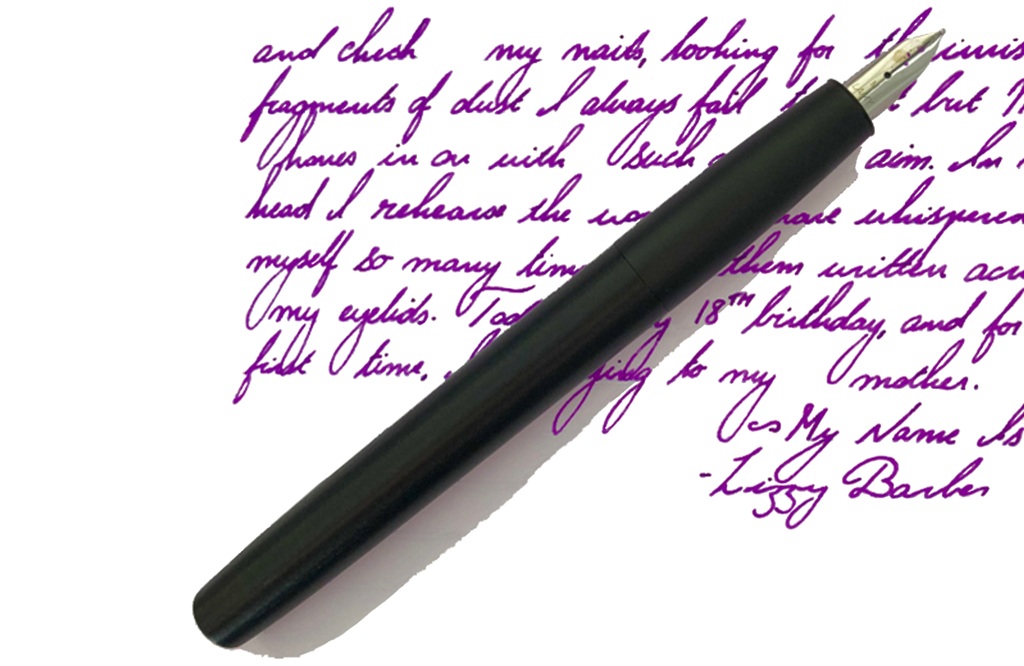
How it looks Daniel sees this as a “budget Lamy 2000”, while Scribble describes it as “modern – in a Stanley Kubrick’s 2001 sense”. However you see it, this pen is a sleek, business-appropriate pen while still remaining attractive enough that you’d be tempted to use it even at home. The pen currently comes in two options of black and silver, but Lamy are shaking things up in the not-too-distant future by adding dark blue and red flavours to the Aion line-up, which will give it the feeling of something a bit more fun and not as serious (or business-y), as is the case with the Lamy Al-Star and Safari pens.
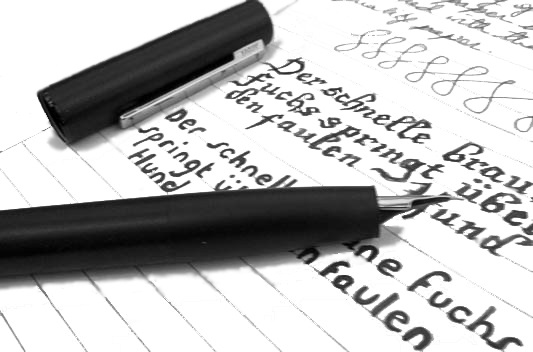
How it feels This pen seemed to be quite polarising for our pool of reviewers. Scribble wasn’t too taken by the way the pen feels in the hand and had an issue with the grip section, pointing out nevertheless that how one grips a pen is a very personal thing. The pen has a coating on it that gives it a really interesting texture. Perhaps this is one you might want to try in the flesh, or certainly from a reputable retailer who’ll accept returns (make sure not to ink the pen, however!).
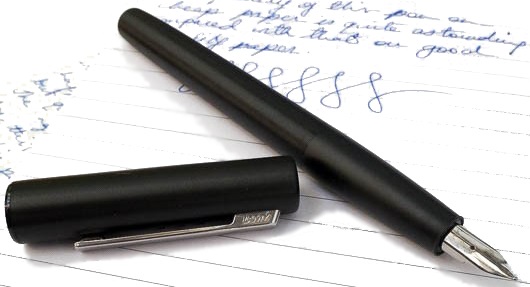
How it fills This is a cartridge/converter pen. Lamy have their own range of cartridges, and Monteverde also make cartridges that fit Lamy pens. You will have to use brand-specific as the filling mechanism is proprietary (so you can’t use standard international converters either). This is an irritation which we think Lamy could easily rectify by supplying a converter as a standard part of the package.

Crucially, how it writes… While the feel of the barrel was polarising, we all agreed that this pen wrote well. The nib itself may not offer all that much in terms of aesthetic, but it does its job, and it does it well. Sometimes Lamy nibs can be hit-or-miss, but we were able to sample more than one of these pens and none of us ran into any problems (even with the finer nib grades). The nibs can also be swapped with Lamy Safari/Al-Star nibs if you prefer their more angular design to the Aion nib’s rounded profile.
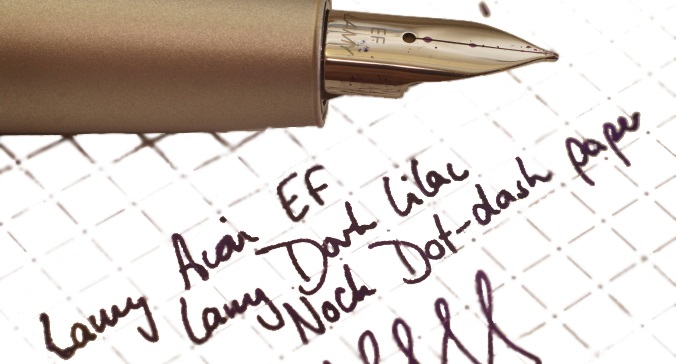
Pen! What is it good for? This certainly has a business feel to it. Created by British designer Jasper Morrison, the aesthetic is something to be admired. As mentioned earlier, with the new colours that are finding their way into the market (and hopefully more in the future) this could be an interesting pen to collect, as well as giving it a more light-hearted feel. For now, though, this is a pen to take to work.

VFM This pen comes in at £47 – so it could be seen as either a “budget 2000” or, perhaps, an “upmarket Safari”. Our view is that this is a fair price for a well-built, functional pen, although we do think it would be reasonable to expect a converter to be included at this point.
If this isn’t quite your cup of tea, but almost… Lamy already have pens in the ‘affordable’ niche. This pen comes in at £47, which makes it trickier to evaluate because not too many pens are in this range. There is of course the TWSBI Eco which will save you £20 and gives you a piston filler and demonstrator design, or for the same price you could get a TWSBI 580. If you want something a bit more “fun” then you could always go for the Lamy Al-Star/Safari range and find something more suited to you there.
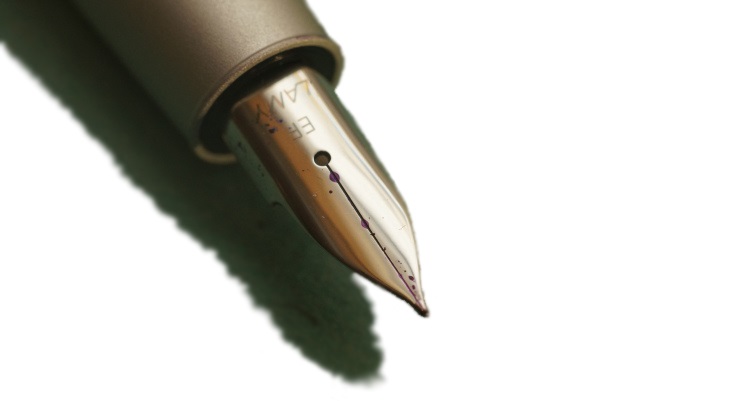
Our overall recommendation A thumbs-up from the United Inkdom crew, generally! Initially several of us were rather sceptical about the pen; Ant even thought it a boring offering until he tried it. But it writes well, looks distinctive and feels good if you have big hands. While this might be one that you want to try in the flesh, it may be worth the risk by pulling the trigger anyway.
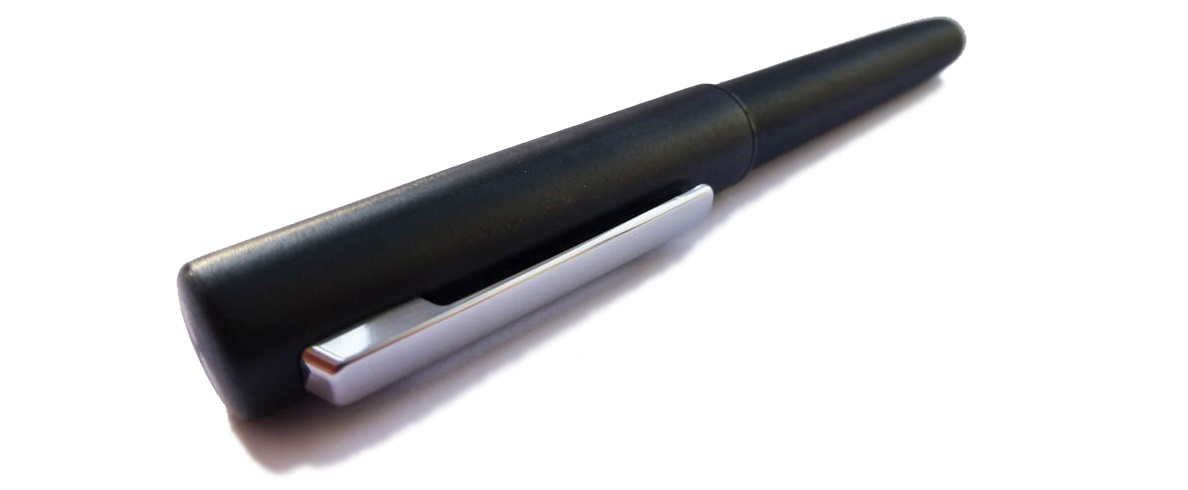
Where to get hold of one Any of your favourite pen retailers are likely to have this, especially if they’re already supplying the lower-end Lamy pens.
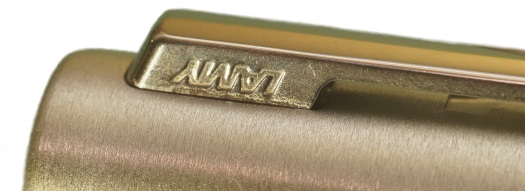
This meta-review references:
Thanks to Lamy HQ for providing an Aion for three of us to test.
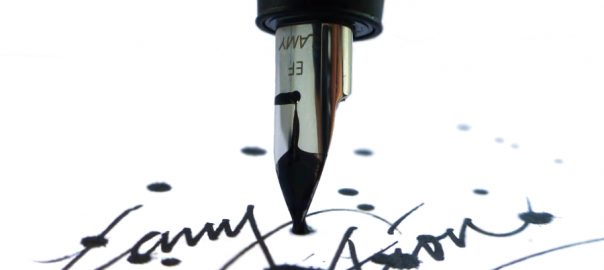
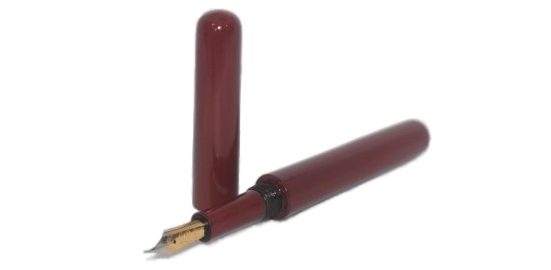

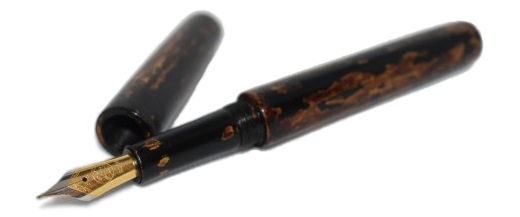
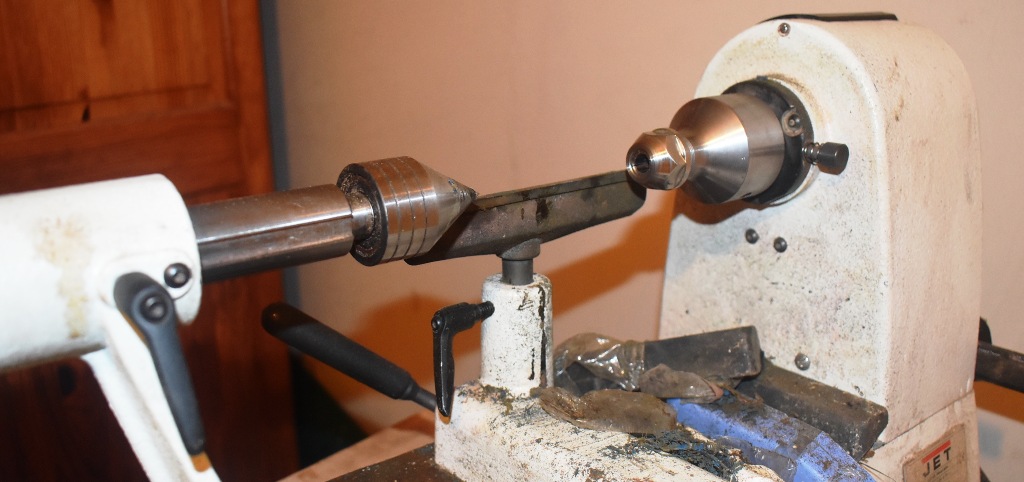
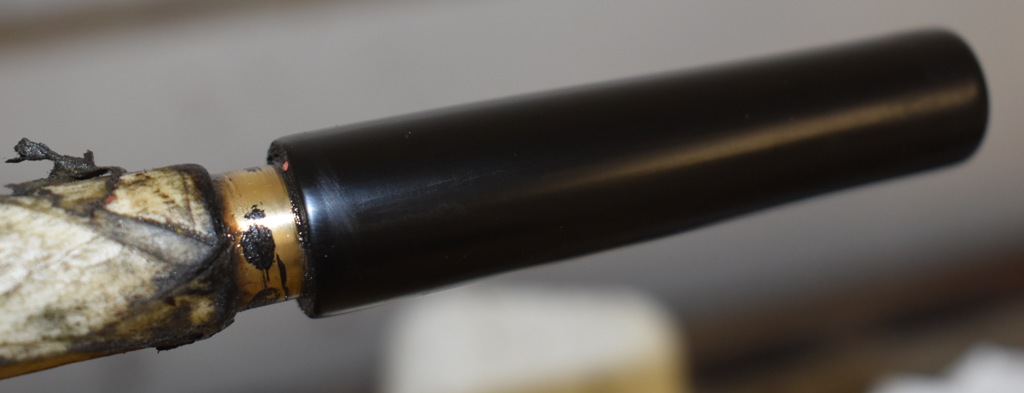
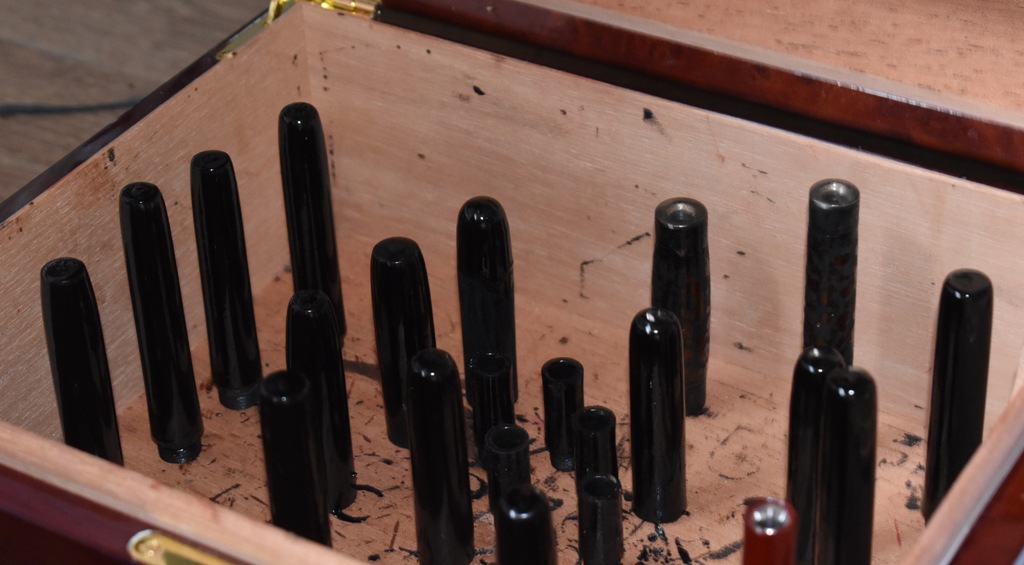


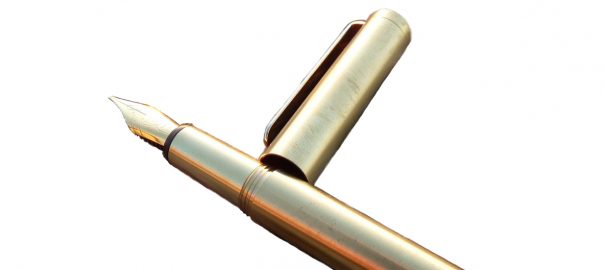
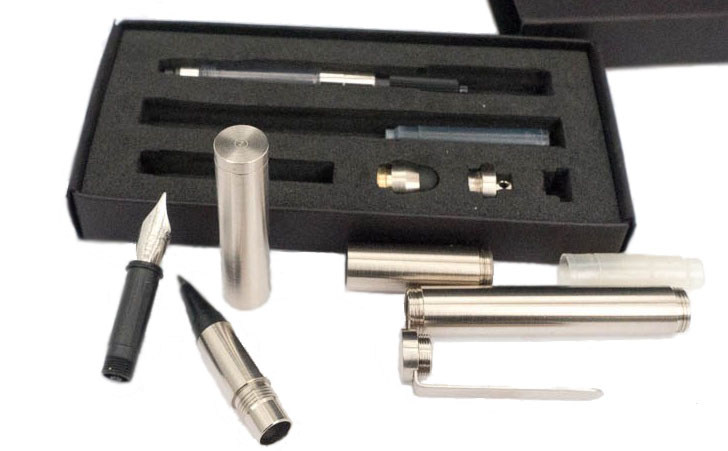
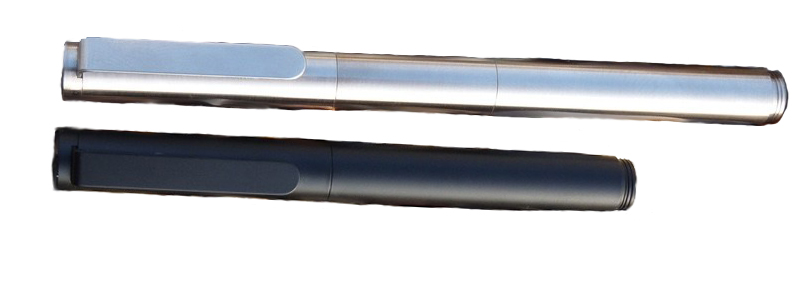 How it fills The ‘pocket’ configuration will fit only a small international cartridge, but the extended version has space for a proper twist converter.
How it fills The ‘pocket’ configuration will fit only a small international cartridge, but the extended version has space for a proper twist converter.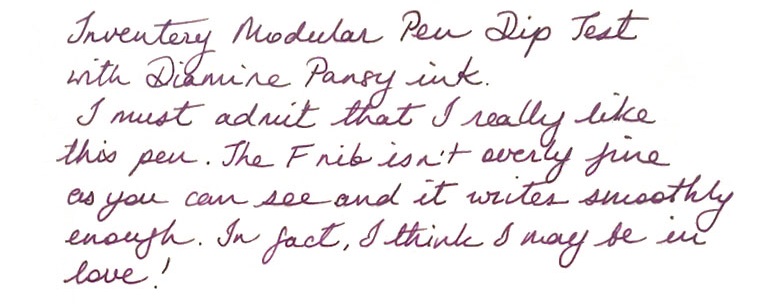 Pen! What is it good for? It’s good for, depending upon your point of view, customisers who like to regularly reconfigure and re-invent their pocket pen, or for terminally indecisive fidgets!
Pen! What is it good for? It’s good for, depending upon your point of view, customisers who like to regularly reconfigure and re-invent their pocket pen, or for terminally indecisive fidgets!
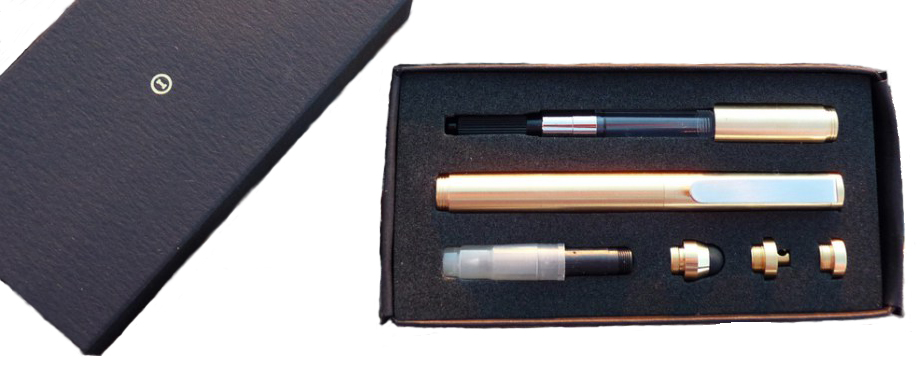
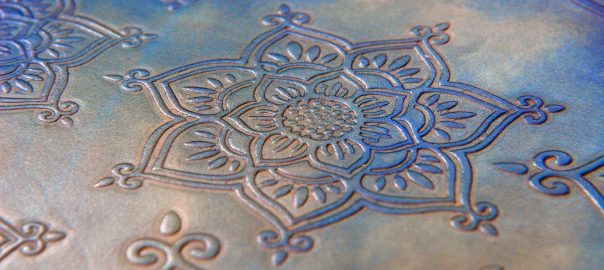
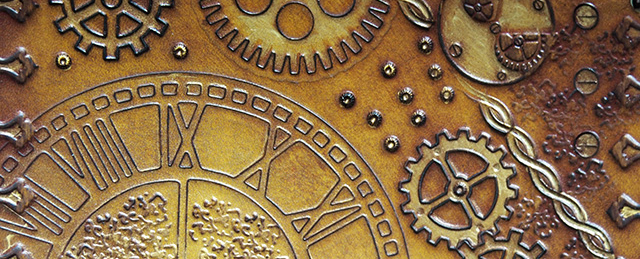

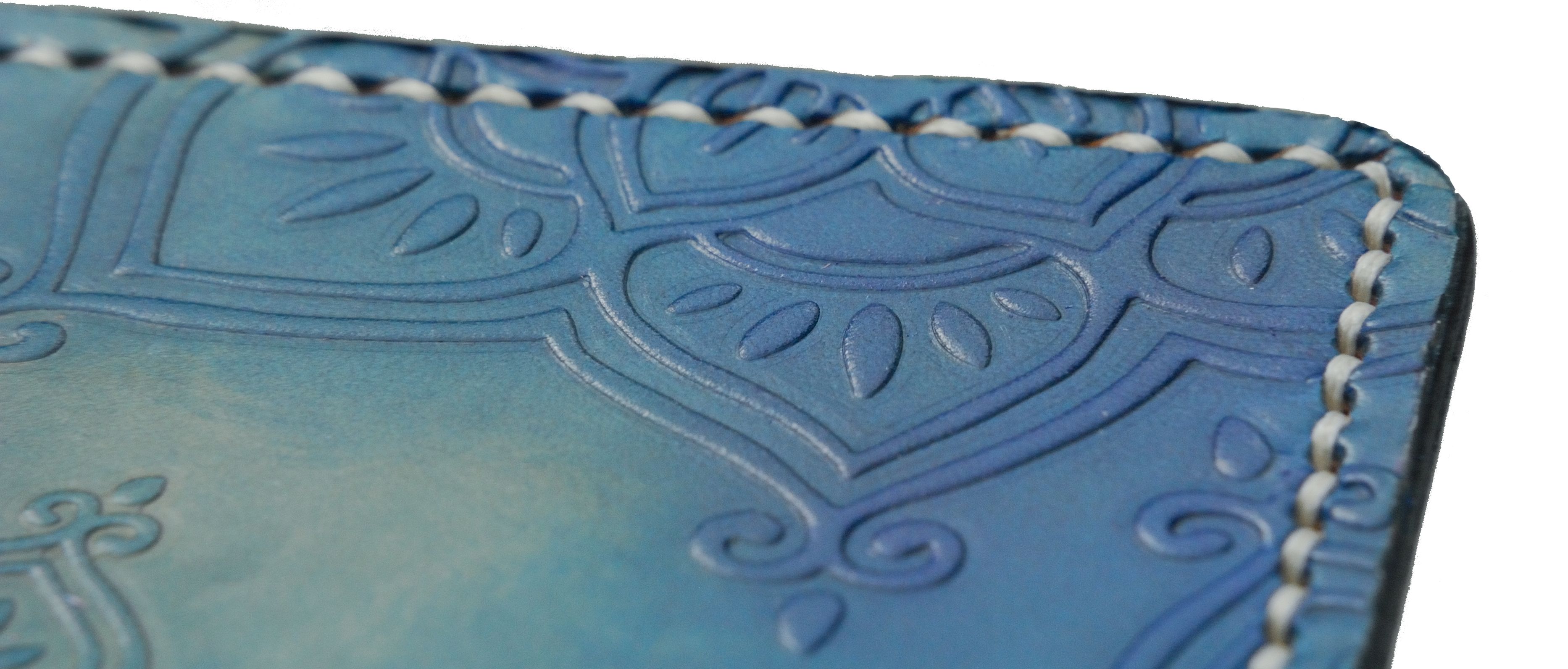

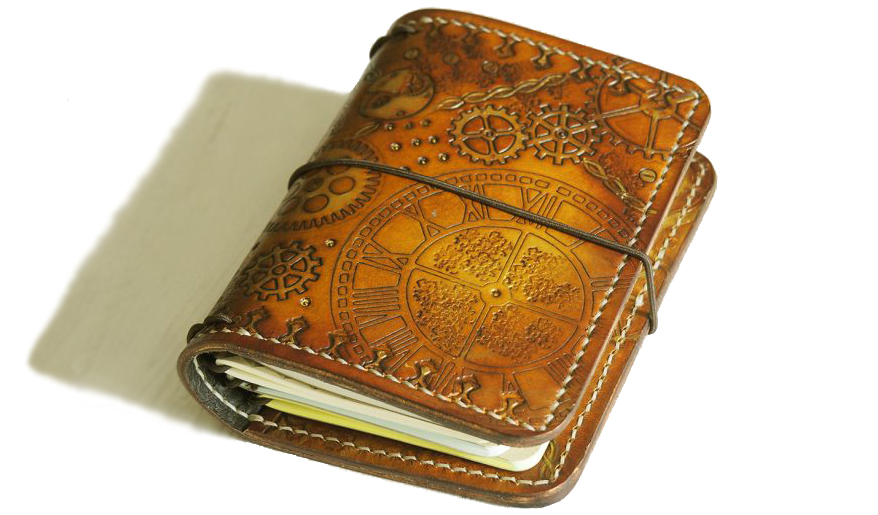

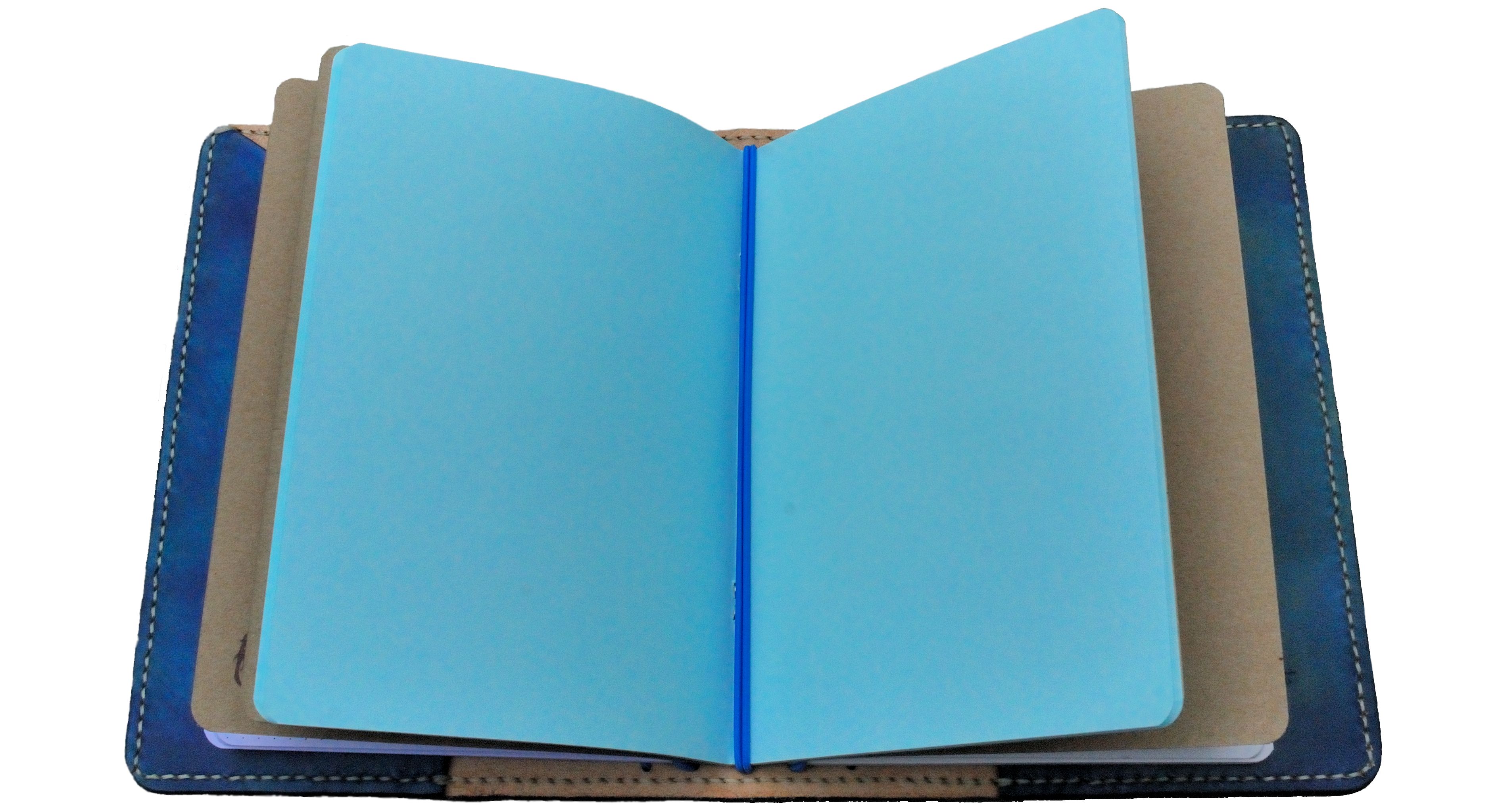

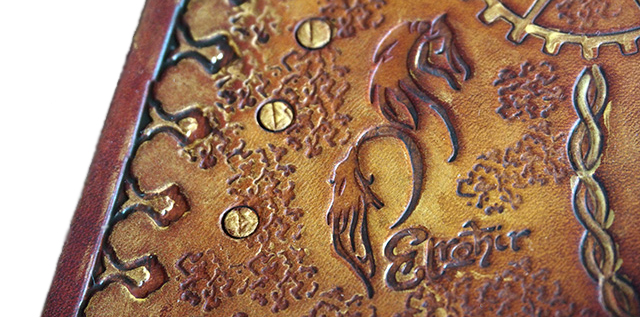

 Thanks to Mischa for getting a couple of amazing samples our way. Most of us didn’t want to let them go, and that’s a recommendation!
Thanks to Mischa for getting a couple of amazing samples our way. Most of us didn’t want to let them go, and that’s a recommendation!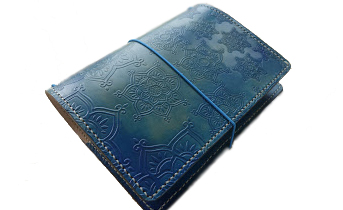
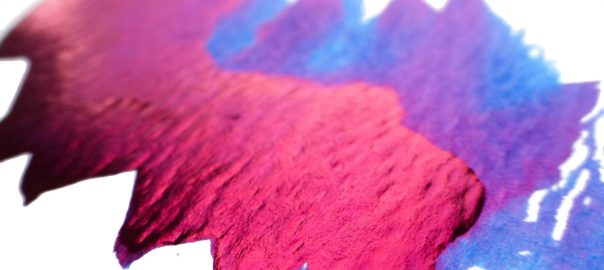
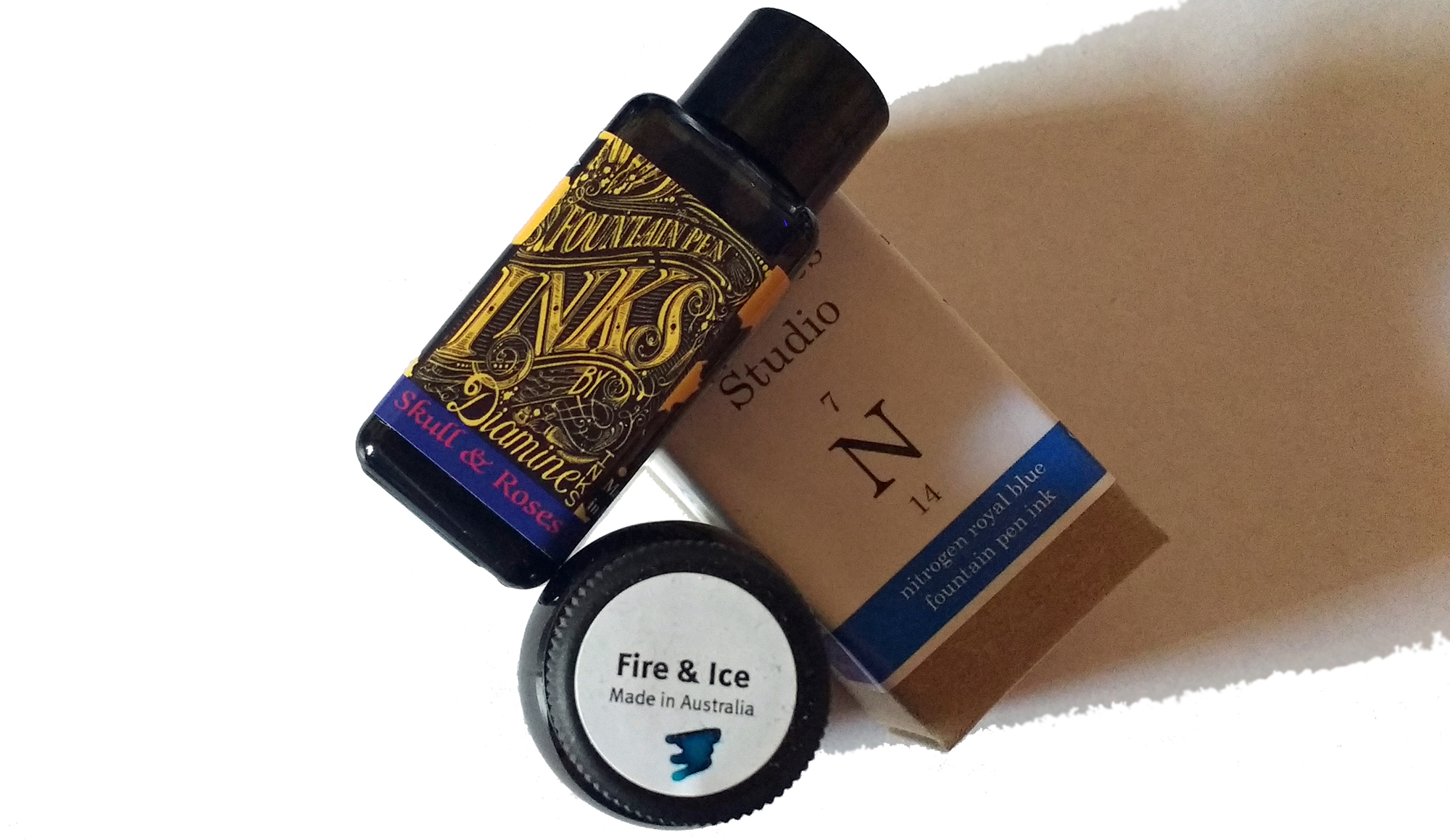 How it looks Our three selected inks all look like high-quality, but ordinary, blue inks as they go on to the page. Robert Oster’s Fire & Ice is a light blue verging on turquoise, Diamine’s Germany-only Skull & Roses is a richer ‘royal’ blue, and Organics Studio’s Nitrogen Blue is somewhere in between. Then, once dried, they exhibit a red sheen when you twist them in oblique light. It’s a neat trick.
How it looks Our three selected inks all look like high-quality, but ordinary, blue inks as they go on to the page. Robert Oster’s Fire & Ice is a light blue verging on turquoise, Diamine’s Germany-only Skull & Roses is a richer ‘royal’ blue, and Organics Studio’s Nitrogen Blue is somewhere in between. Then, once dried, they exhibit a red sheen when you twist them in oblique light. It’s a neat trick. How it behaves on the paper Perfectly well; these all come from serious ink manufacturers with reputations to protect, so there are no major problems. Drying times can occasionally be longer than expected, however, particularity for Nitrogen.
How it behaves on the paper Perfectly well; these all come from serious ink manufacturers with reputations to protect, so there are no major problems. Drying times can occasionally be longer than expected, however, particularity for Nitrogen.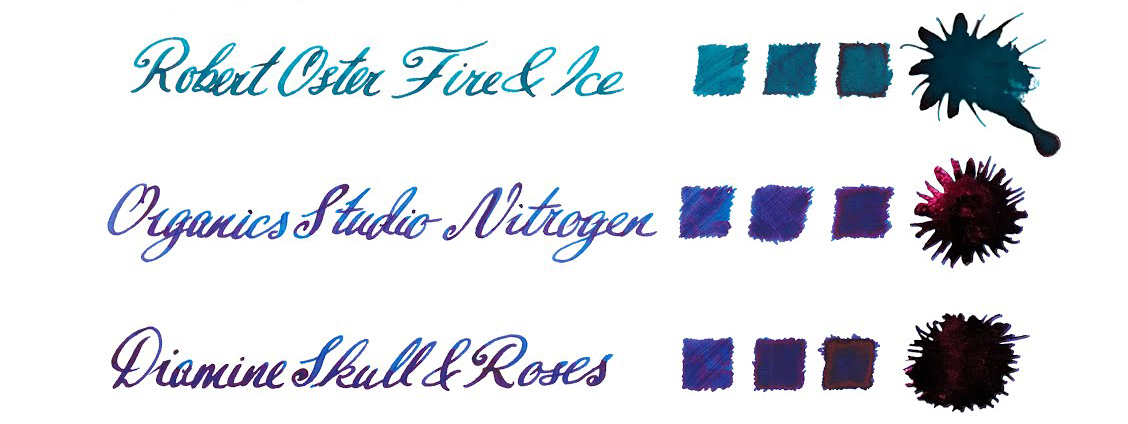 How it behaves in the pen Again, pretty much as standard fountain pen ink does, although sheen inks can lead to a build-up of sediment eventually – and several of us have found ebonite feeds turning a fetching shade of red! Fortunately, it’s nothing that a good rinse won’t fix.
How it behaves in the pen Again, pretty much as standard fountain pen ink does, although sheen inks can lead to a build-up of sediment eventually – and several of us have found ebonite feeds turning a fetching shade of red! Fortunately, it’s nothing that a good rinse won’t fix.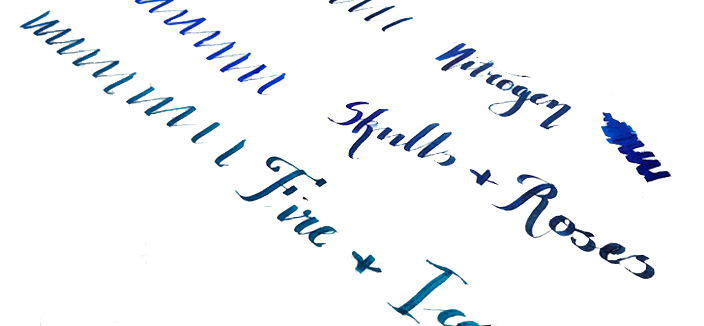 Ink! What is it good for? The art of correspondence may be dying fast, but if anything’s going to bring it back it must surely be the excuse to use inks as alluring as these. It makes boring blue interesting again, after all.
Ink! What is it good for? The art of correspondence may be dying fast, but if anything’s going to bring it back it must surely be the excuse to use inks as alluring as these. It makes boring blue interesting again, after all.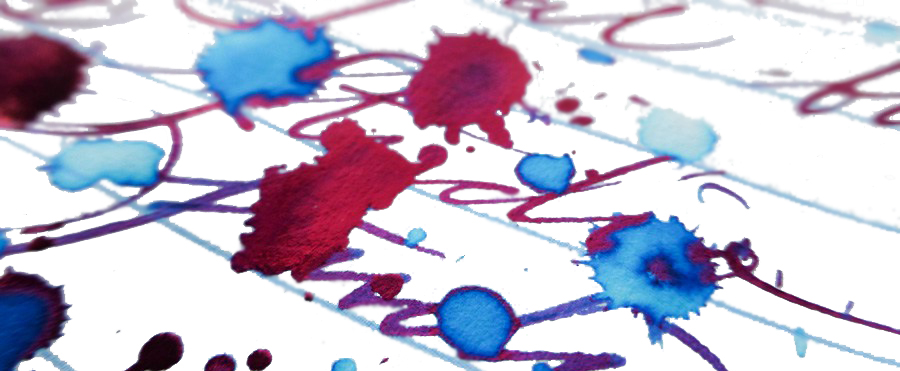
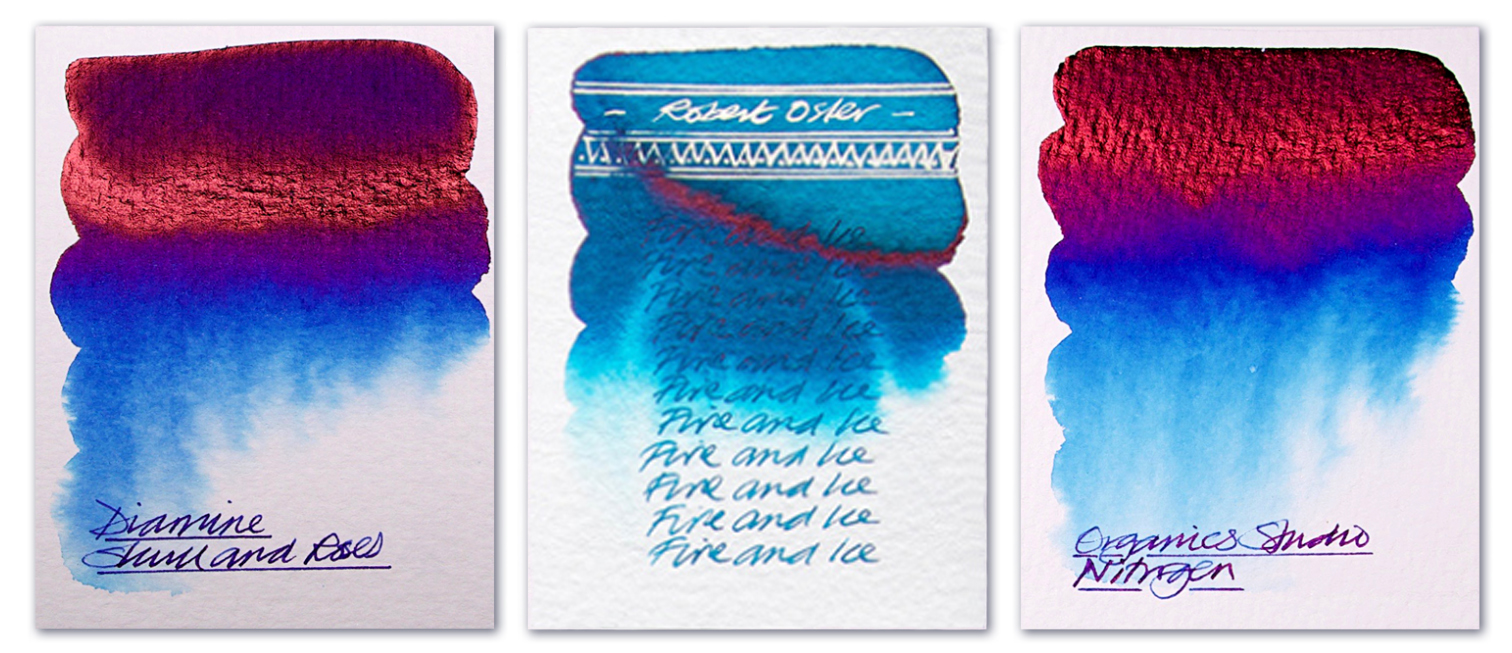 If this isn’t quite your cup of tea, but almost… There are more ink makers jumping on this band-wagon all the time – for instance, we’re hearing good things about Krishna Moonview. Or you could mortgage your home, sell a couple of major organs and buy some Parker Penmanship, of course…
If this isn’t quite your cup of tea, but almost… There are more ink makers jumping on this band-wagon all the time – for instance, we’re hearing good things about Krishna Moonview. Or you could mortgage your home, sell a couple of major organs and buy some Parker Penmanship, of course…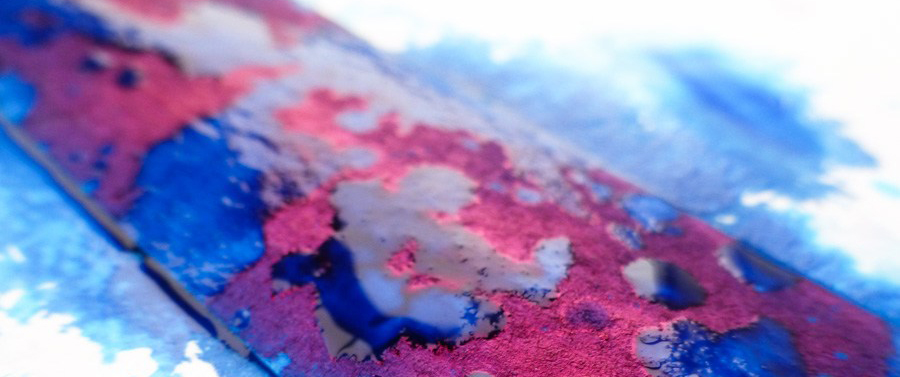 Our overall recommendation Give it a go. The effect is very pleasing and the ink is easy to live with, even in fussy thoroughbred pens. Skull & Roses is the trickiest to get hold of despite being made here in the UK, but that’s just the result of an exclusive deal – and Diamine could undoubtedly come up with something even better for full global distribution in due course. In the meantime, Fire &Ice if you like Turquoise, or Nitrogen if you like full-on royal blue with all the trimmings, are well worth a try.
Our overall recommendation Give it a go. The effect is very pleasing and the ink is easy to live with, even in fussy thoroughbred pens. Skull & Roses is the trickiest to get hold of despite being made here in the UK, but that’s just the result of an exclusive deal – and Diamine could undoubtedly come up with something even better for full global distribution in due course. In the meantime, Fire &Ice if you like Turquoise, or Nitrogen if you like full-on royal blue with all the trimmings, are well worth a try.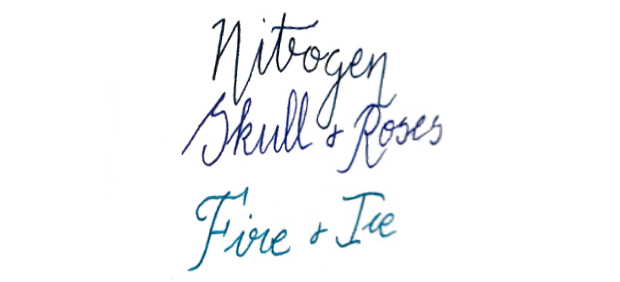 Where to get hold of some For Skull & Roses, you have to buy from Germany – but there are numerous tintenshoppingspecialisten (Nein, das ist kein Neologismus!) on the web, or even Amazon if you really get stuck. Executive Pens Direct stocks Fire & Ice, while The Writing Desk carries Nitrogen amongst a a fairly wide range of Organics inks. A bit of internet research will produce the goods without too much heavy trawling.
Where to get hold of some For Skull & Roses, you have to buy from Germany – but there are numerous tintenshoppingspecialisten (Nein, das ist kein Neologismus!) on the web, or even Amazon if you really get stuck. Executive Pens Direct stocks Fire & Ice, while The Writing Desk carries Nitrogen amongst a a fairly wide range of Organics inks. A bit of internet research will produce the goods without too much heavy trawling. This shoot-out meta-review references:
This shoot-out meta-review references:
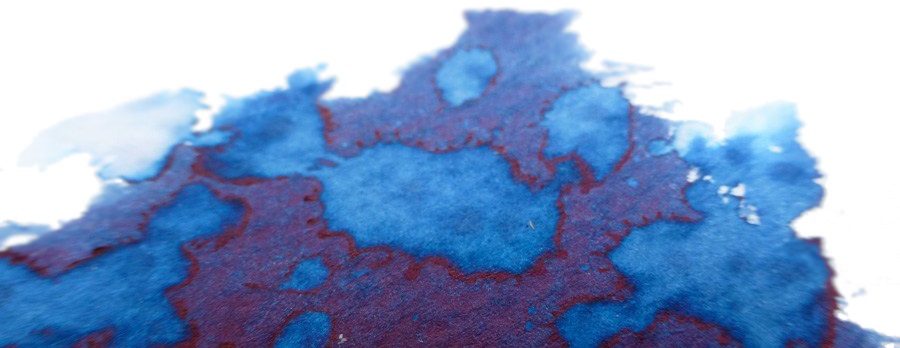
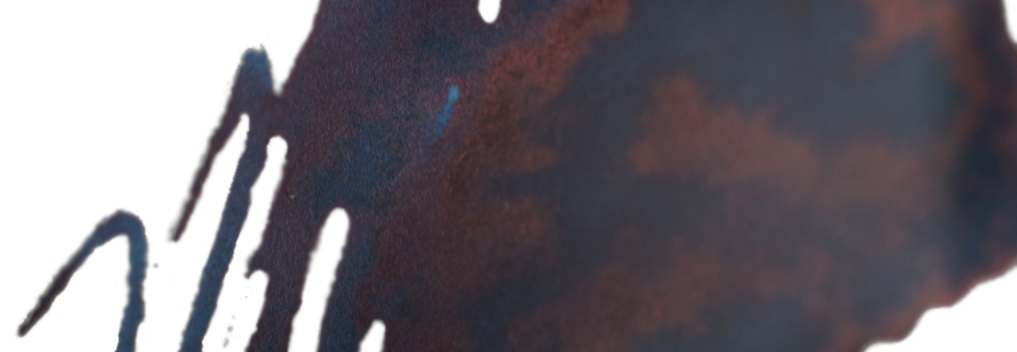



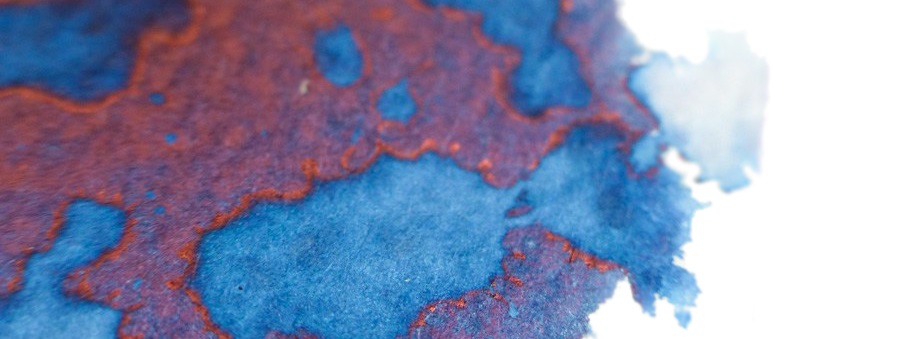
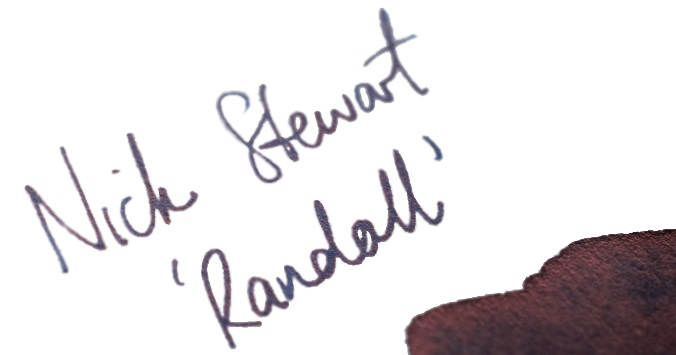
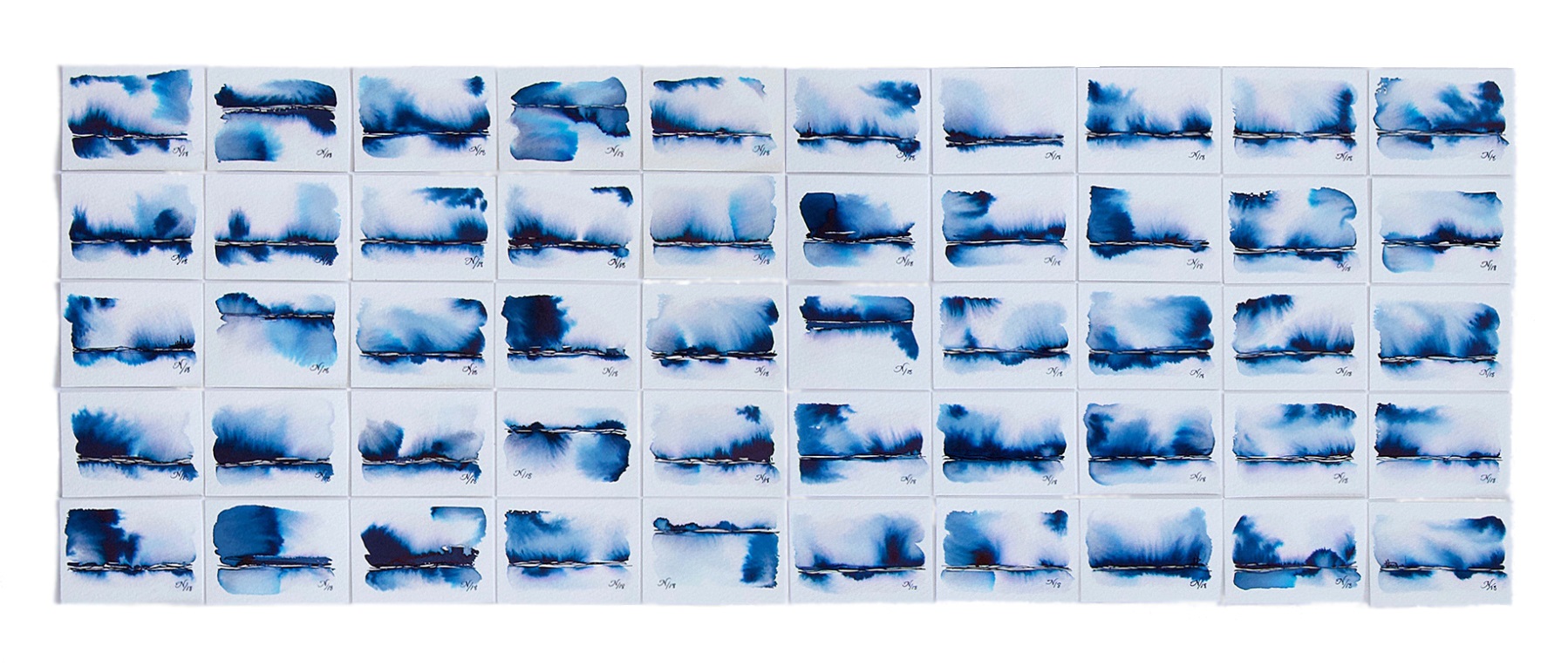
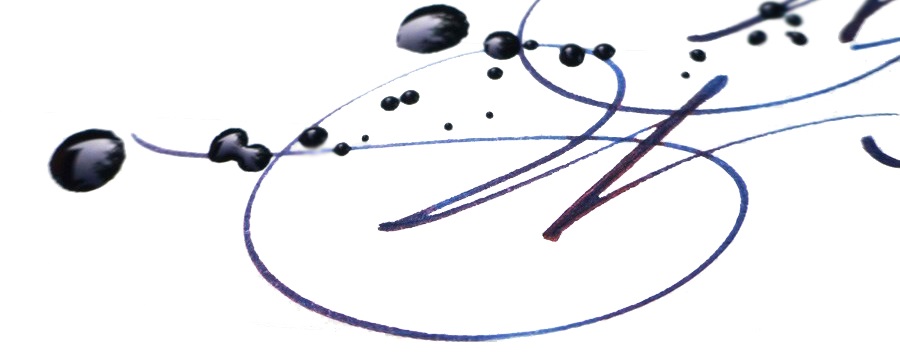 Thanks to Nick for the samples, and of course Randall for the inspiration
Thanks to Nick for the samples, and of course Randall for the inspiration
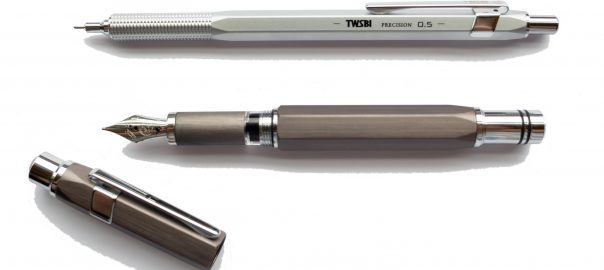
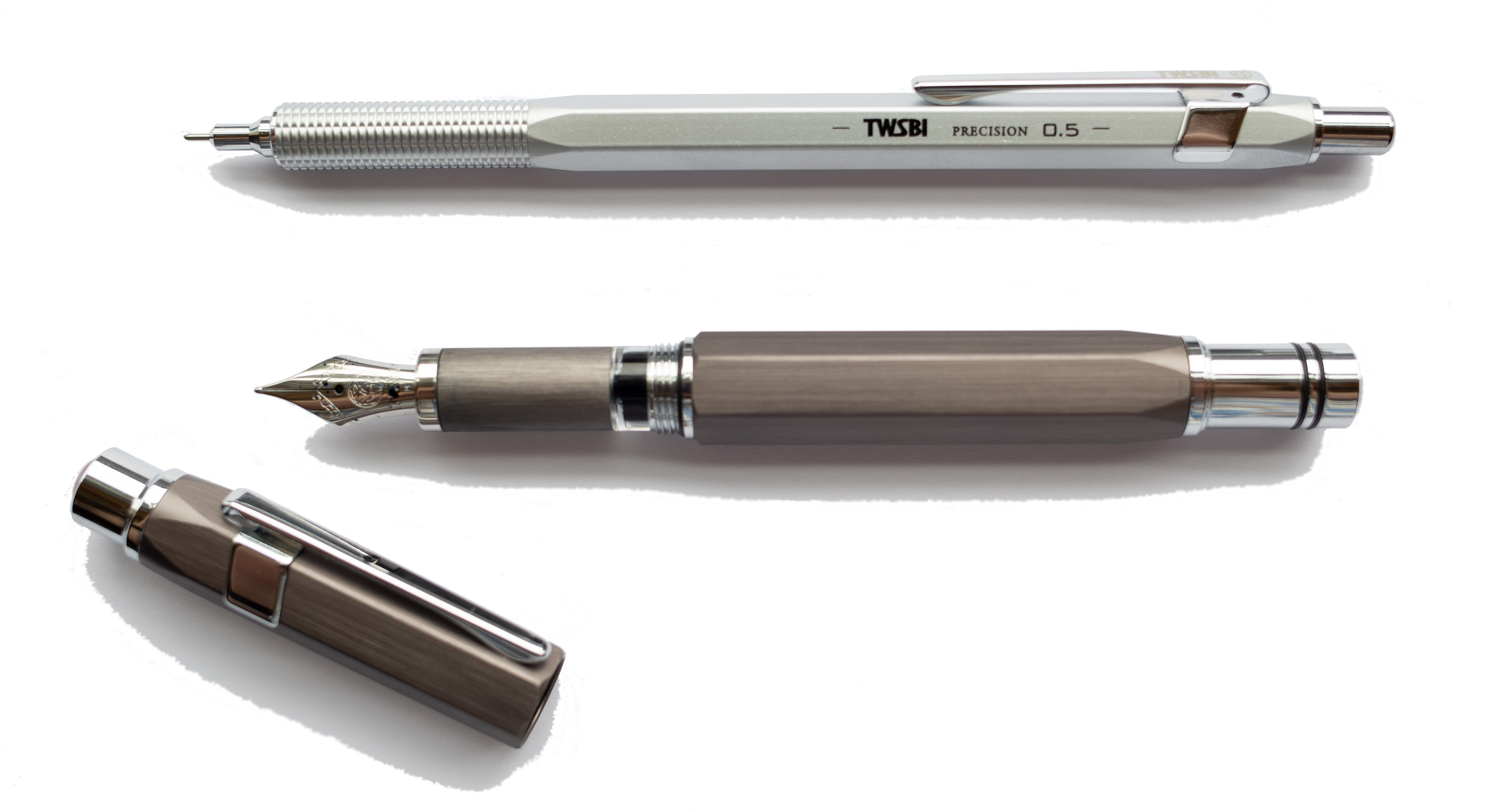


 It’s quite easy to write with both the pen and pencil for a long time without any sort of fatigue. This is especially pleasing considering that fountain pen is a piston filler, which leads nicely on to…
It’s quite easy to write with both the pen and pencil for a long time without any sort of fatigue. This is especially pleasing considering that fountain pen is a piston filler, which leads nicely on to…

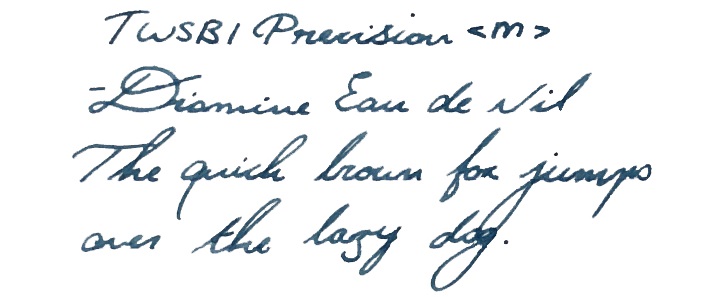
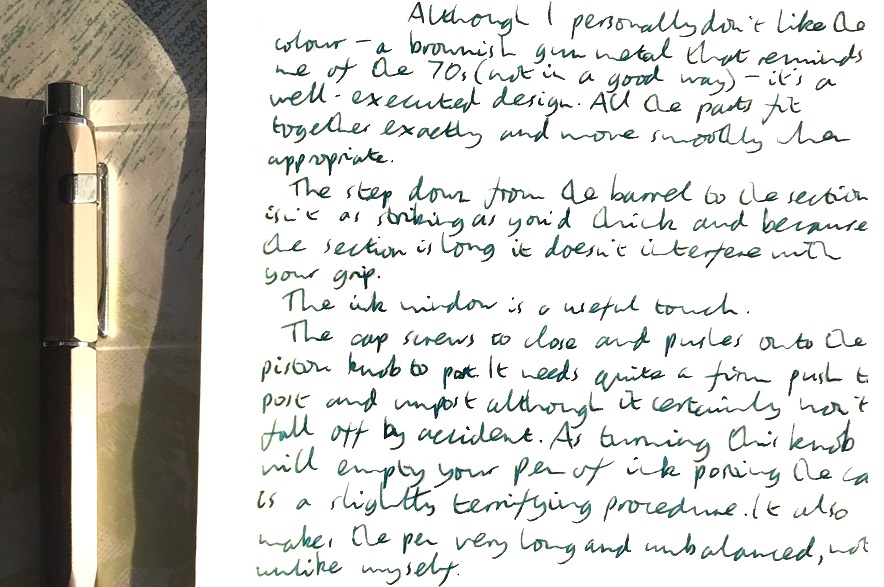
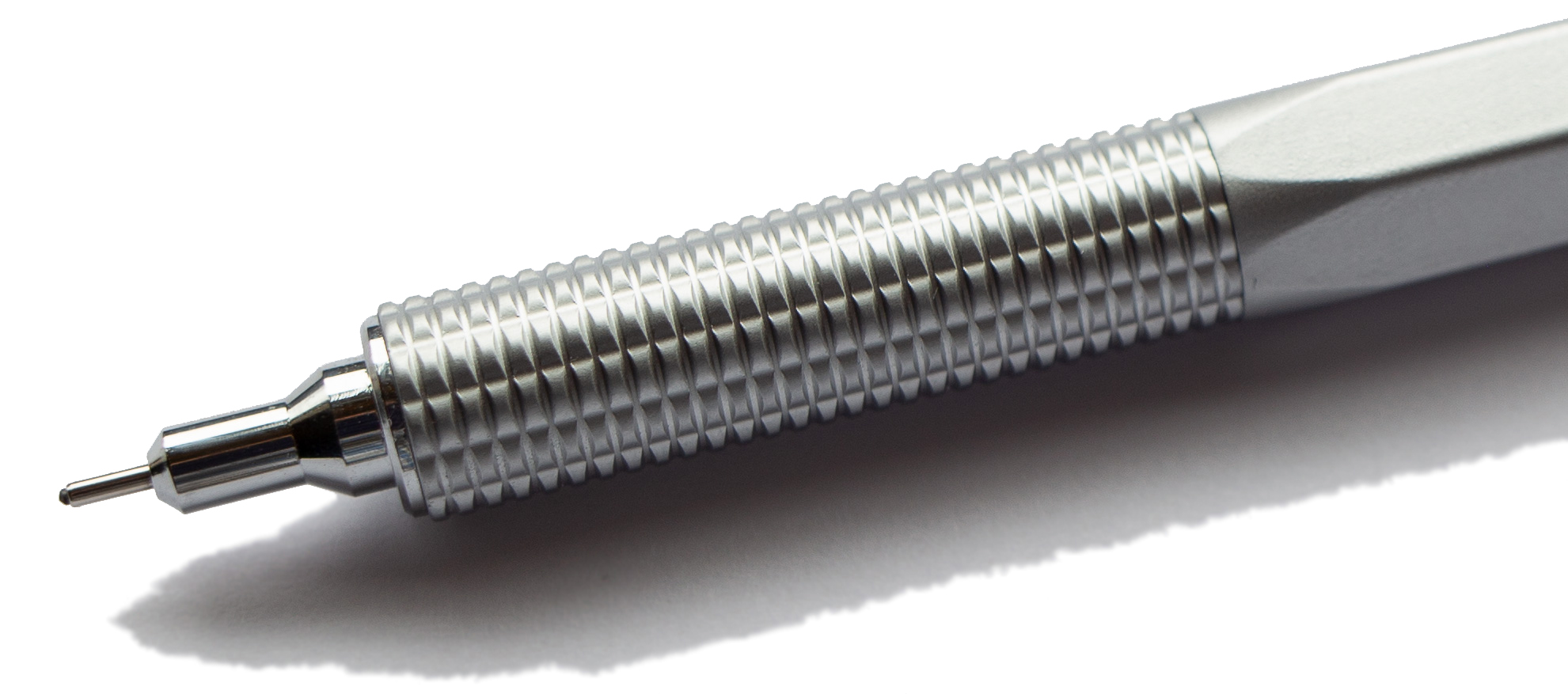
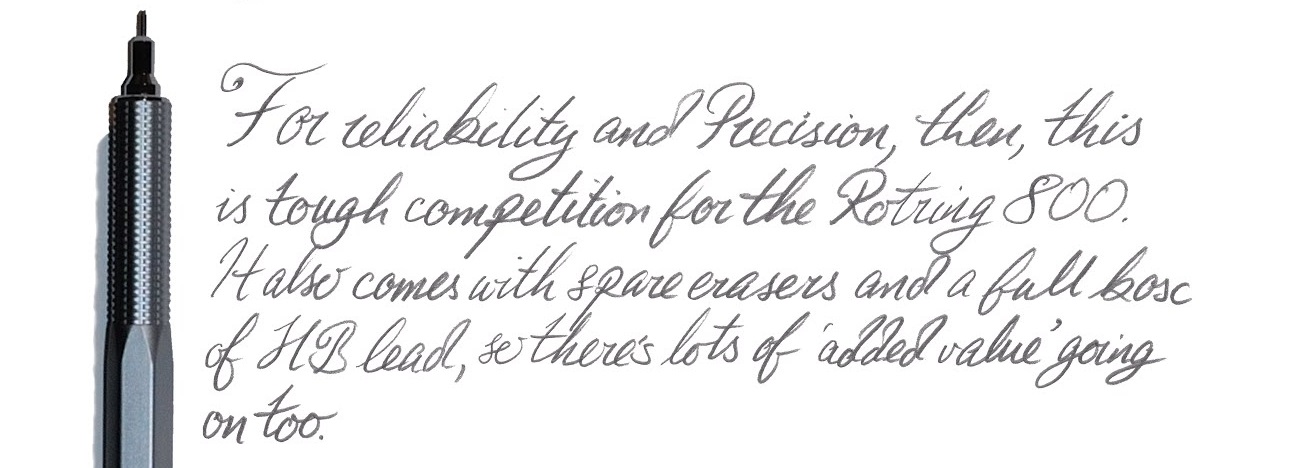
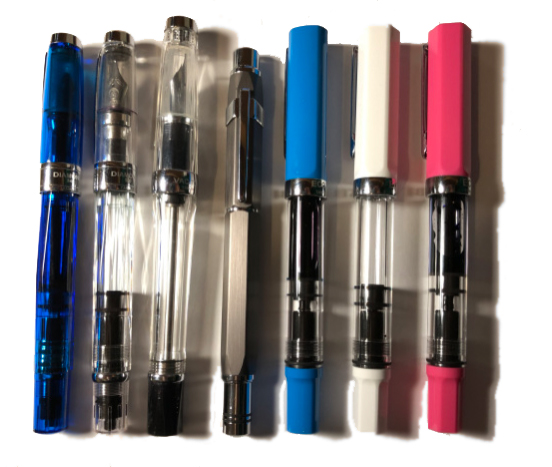 Our overall recommendation The Precision FP is a good, reliable pen, which has the potential to become a trusty workhorse without breaking the bank. None of us had any problems in terms of the writing experience, and the only cause for concern were our own personal preferences when it comes to design. All in all, a thumbs up! The pencil is a slightly more mixed offering given the issue Matthias identified with excessive lead protrusion, but still great value for the price demanded.
Our overall recommendation The Precision FP is a good, reliable pen, which has the potential to become a trusty workhorse without breaking the bank. None of us had any problems in terms of the writing experience, and the only cause for concern were our own personal preferences when it comes to design. All in all, a thumbs up! The pencil is a slightly more mixed offering given the issue Matthias identified with excessive lead protrusion, but still great value for the price demanded.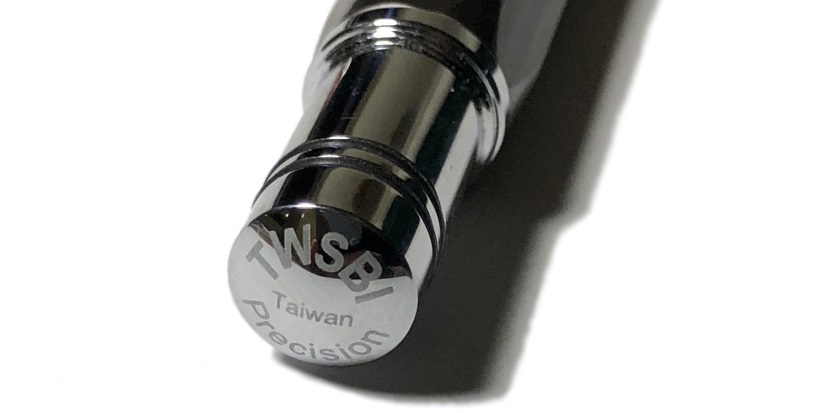
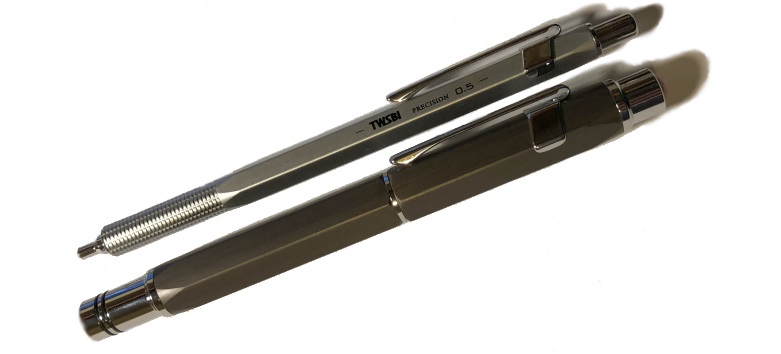



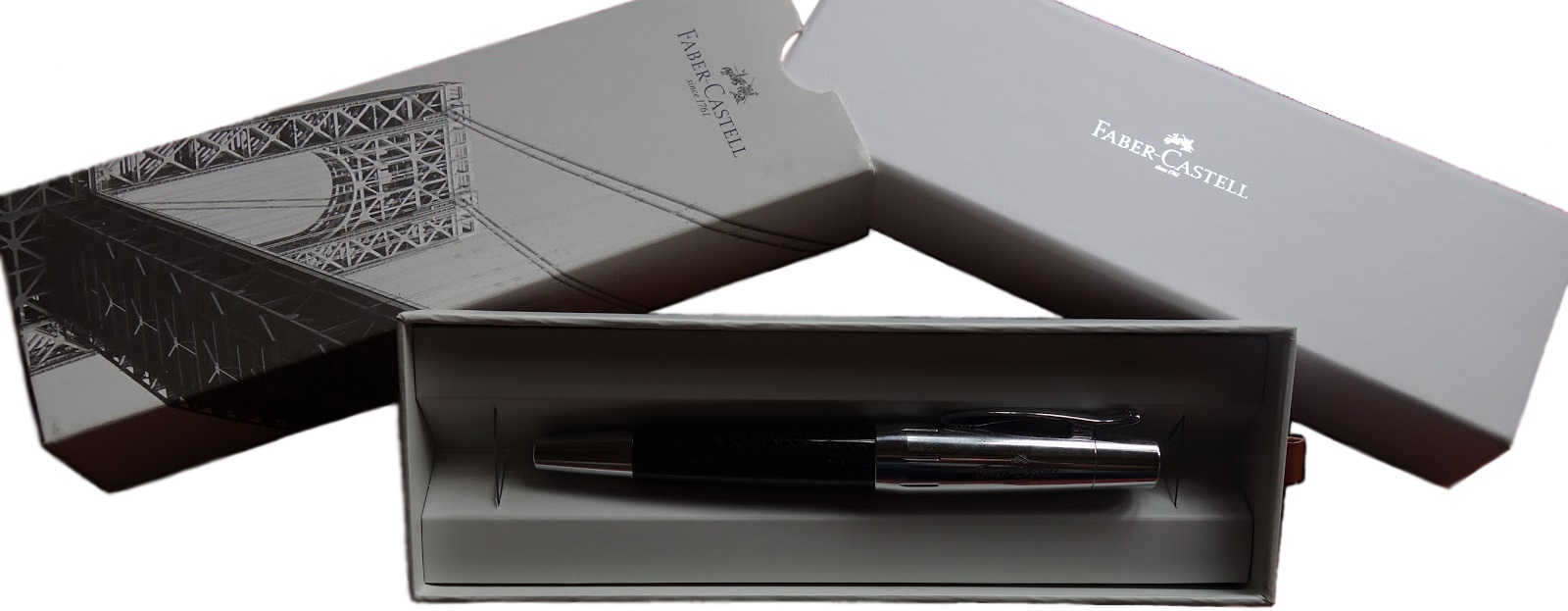





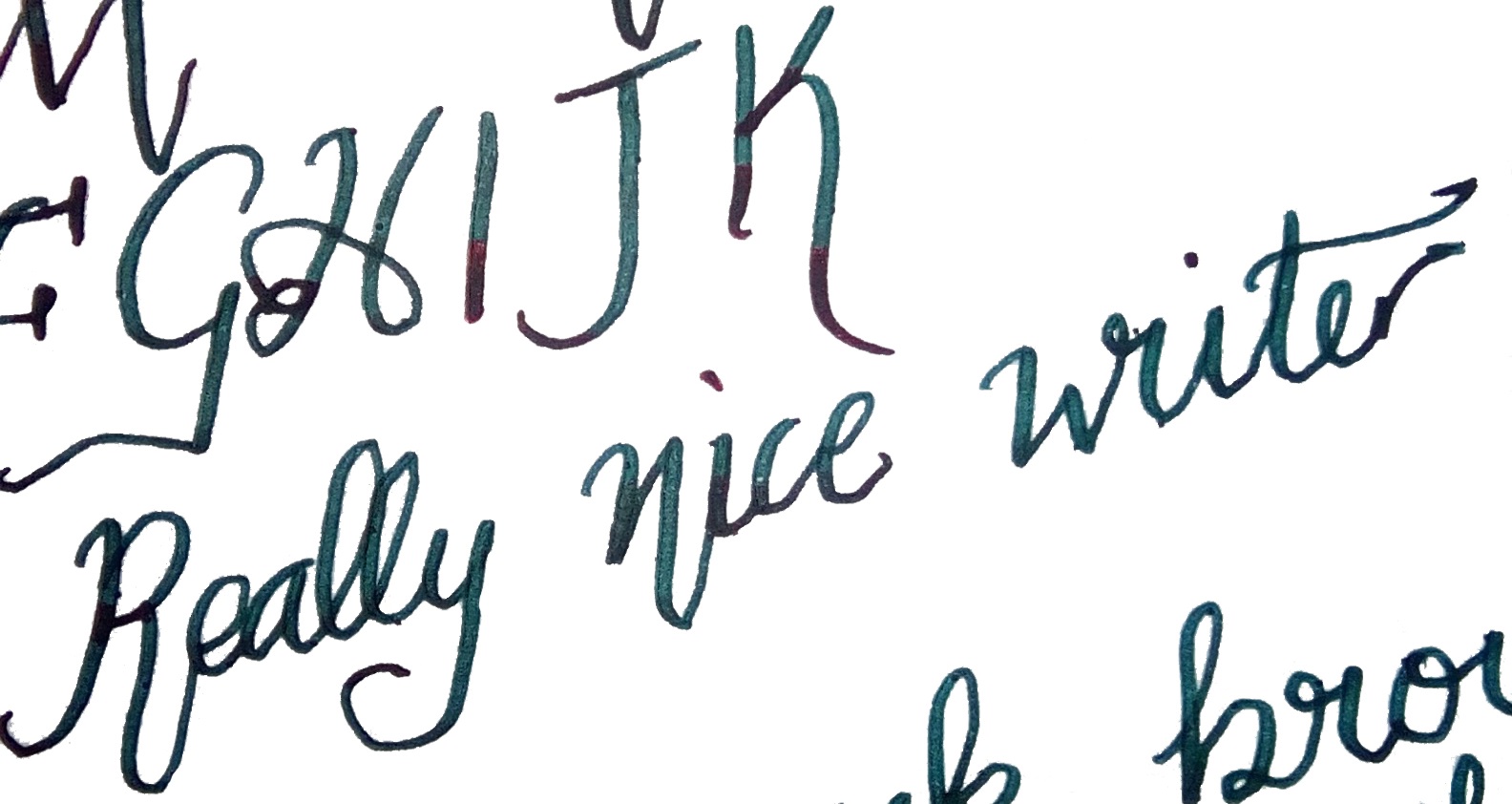
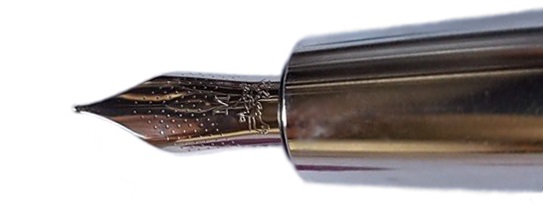
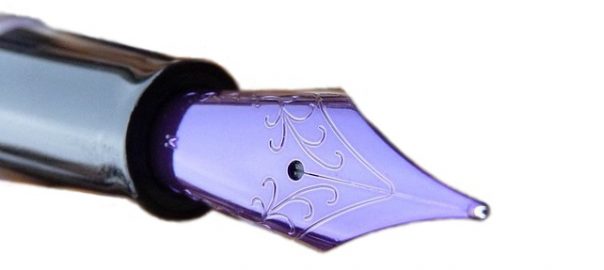

 How it feels Unposted, it’s a fairly big pen, but not oversized – so comfortable for most hands. That cap does post, but this makes it a bit top-heavy in our opinion(s).
How it feels Unposted, it’s a fairly big pen, but not oversized – so comfortable for most hands. That cap does post, but this makes it a bit top-heavy in our opinion(s).

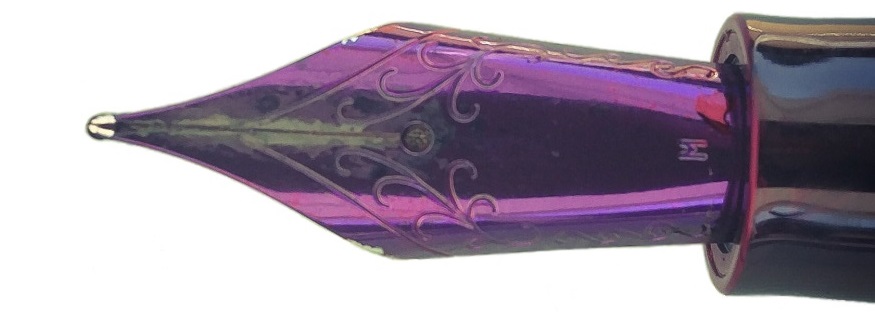
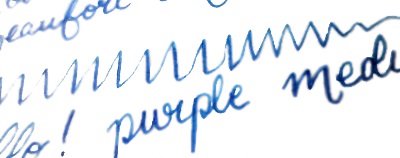
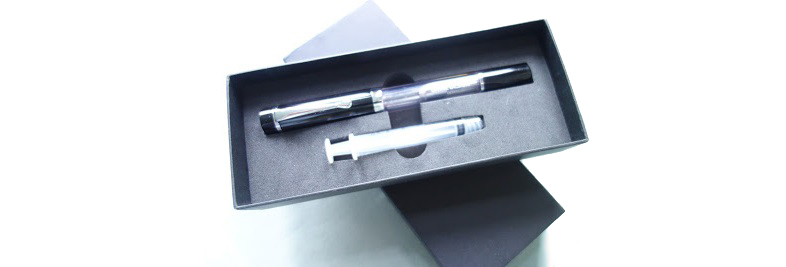 If this isn’t quite your cup of tea, but almost… Have a shop-around for eye-droppers. They are making a gradual comeback – take the Opus 88, for instance.
If this isn’t quite your cup of tea, but almost… Have a shop-around for eye-droppers. They are making a gradual comeback – take the Opus 88, for instance.


